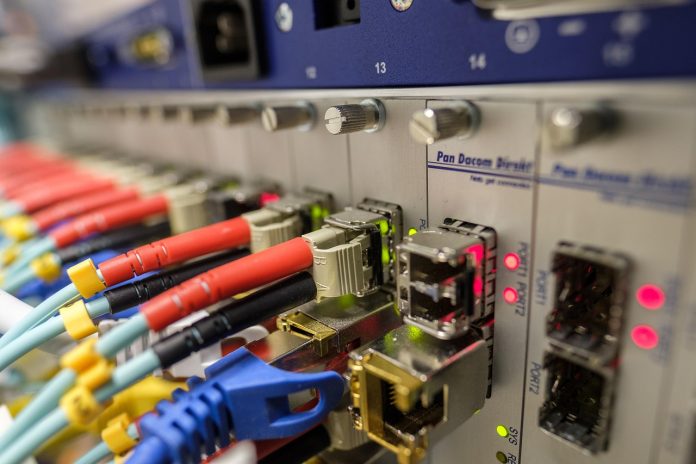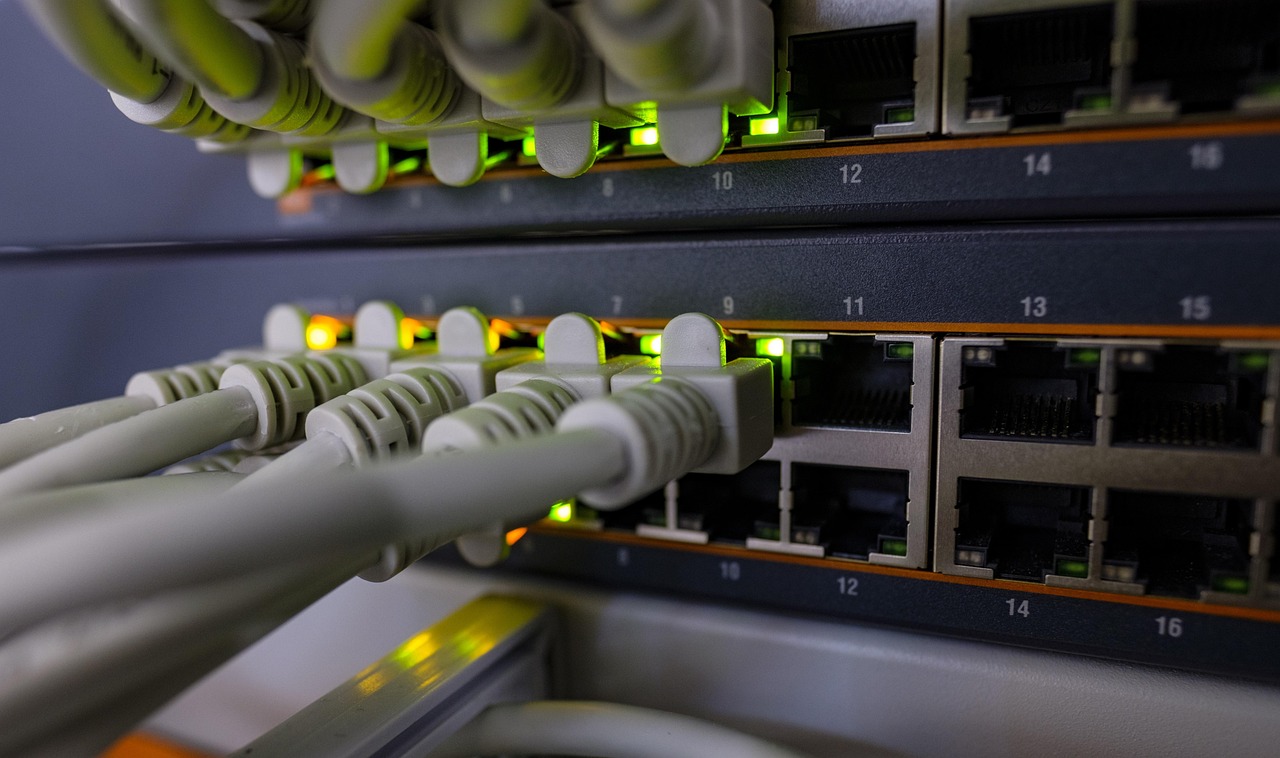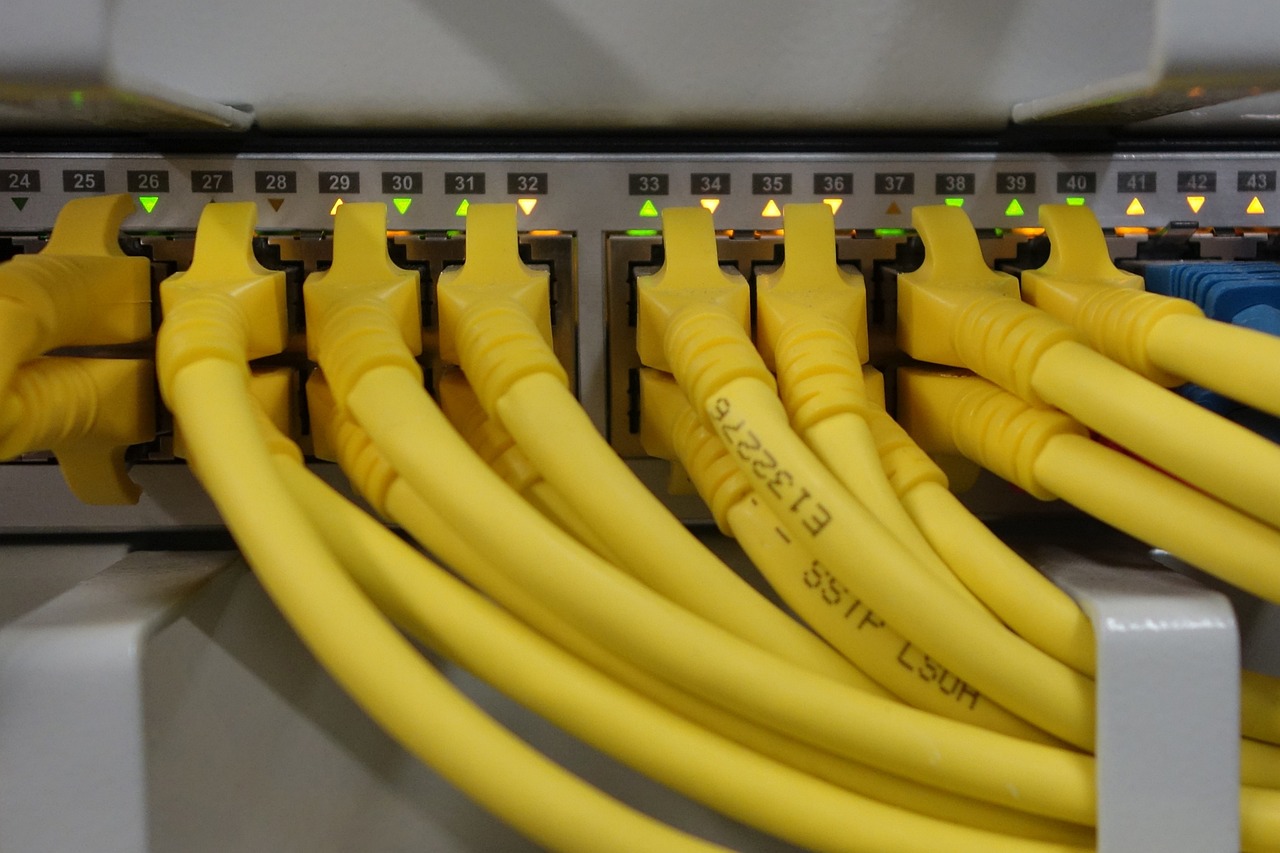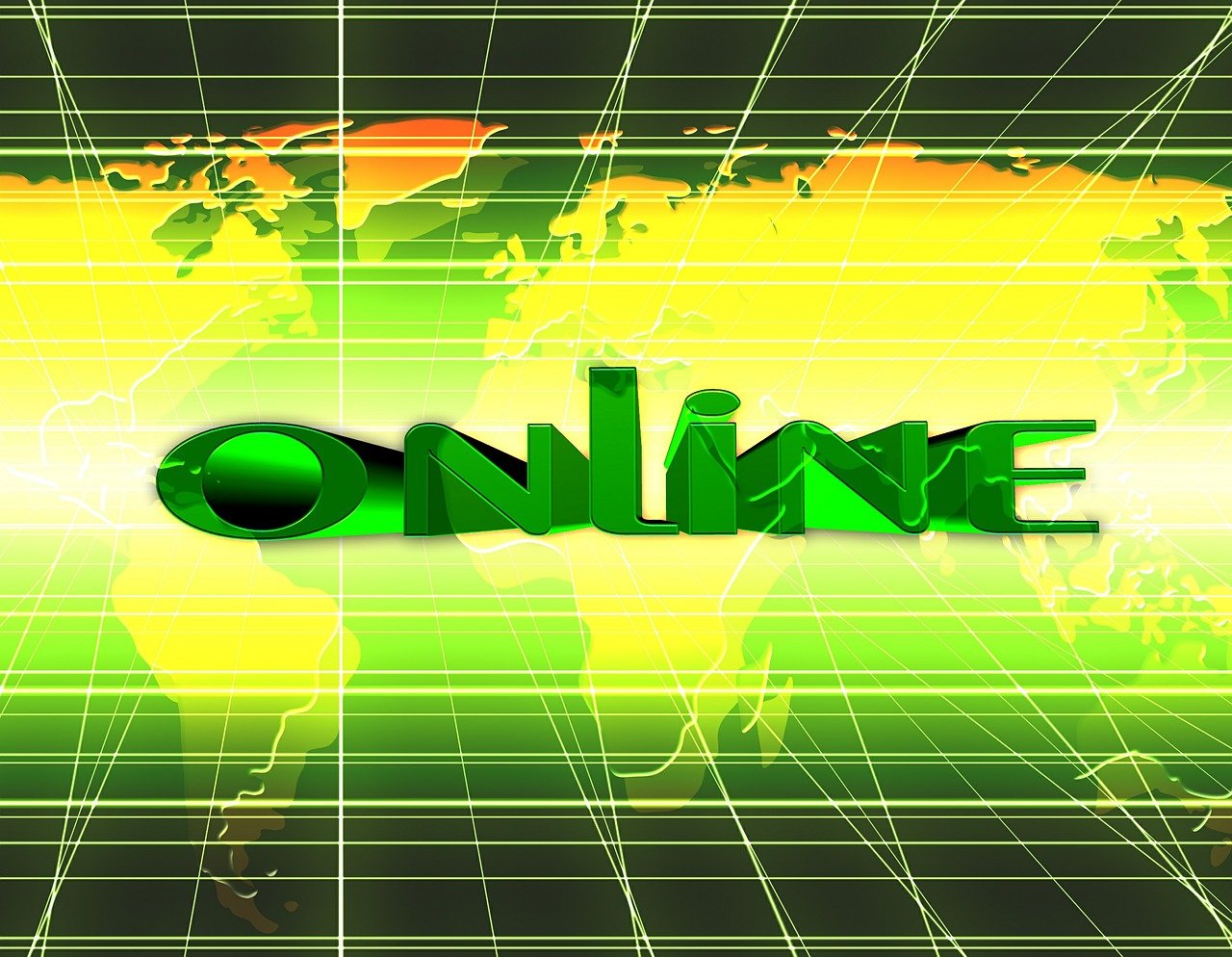In this post, I will show you the key factors to consider before switching to Cable Internet.
Cable internet remains the most widely used type of internet in the United States, with a 47% market share as of 2023. This high market share can be attributed to certain benefits, including cost-effectiveness, fast speed, reliability, widespread availability, and often, bundling options.
All that sounds great, but is cable internet the right choice for someone like you who’s looking to switch? Well, let’s find out.
In this article, I’ll share what cable internet is, how it works, its pros and cons, and all the factors you might want to consider before switching to it.
Table of Contents
What is Cable Internet?
Cable internet is a type of connectivity framework that uses your television provider’s copper coaxial cables to provide you with internet access. The setup comes with a modem and router, along with an Ethernet cable.
Let’s take a look at how these components work together to provide you with internet access.
How Cable Internet Works
I’ve broken down the role of each cable internet component step by step for you to easily understand how it works. Take a look.
- Provider to Nodes: Your ISP (Internet Service Provider) connects its network to your neighborhood using high-capacity fiber optic lines to connection points known as nodes.
- Node to Modem: These nodes transmit data to your home modem using the same copper coaxial cables that are used for providing cable TV, yes, those round black ones.
- Modem to Router: The modem receives the cable signals and translates them into data that various devices, such as laptops, phones, or smart devices, can understand, then passes it to your router.
- Router to Devices: The router transmits the data received from the modem to your devices, which can be either via a Wi-Fi signal or using Ethernet cables.
This simple process has its benefits, but it is not without certain limitations; the next section explores both in detail.
The Pros and Cons of Cable Internet
Let’s start with the pros, since I like to keep things positive.
Pros of Cable Internet
Widespread Availability: Since cable internet utilizes an existing infrastructure, it is easier to set up, which contributes to its widespread availability in both urban and suburban areas, as well as in some rural areas. In fact, according to a report by the Federal Communications Commission (FCC), cable internet services are available to 95% of homes across America.
Fast Download Speeds: Cable internet can offer download speeds of up to 1 Gbps (gigabits per second), which means it can support activities such as streaming, video calls, or gaming, among others. The upload speeds aren’t bad either, but are significantly lower than the download speeds, ranging from 25 to 300 Mbps (megabits per second)
Affordability and Bundling: Cable internet plans are often quite affordable compared to options like fiber. To top that, many providers also bundle cable TV and internet services into a package, making it even more cost-effective than it already is.
Sadly, a few limitations exist, especially when compared to high-speed options like fiber. Let’s take a look.
Cons of Cable Internet
Slower than Fiber: Cable internet utilizes copper coaxial cables, whereas fiber internet employs glass or plastic cables to transmit data via light sources. This increases the speed and bandwidth, while also reducing the latency of fiber internet connections. In areas where fiber is available, cable is not really a preferred option.
Slow and Asymmetrical Upload Speeds: Like I mentioned earlier, the upload speeds in cable are quite low, which doesn’t make cable internet a very friendly option for those tasks that require significant uploading, such as content creation.
Shared Bandwidth: When a network is congested, that is, a large number of users are on your provider’s network, they will divide the bandwidth to accommodate everyone’s needs. This could result in slower speeds and lower bandwidth during peak usage hours.
Possible Data Caps: Some providers may impose a limit or cap on the amount of data you can use within a specified time period. Once you cross this limit, you could face issues like throttling, which is where a provider might prioritize those who haven’t yet crossed it, or you might have to pay extra charges.
Now that you’re aware of how cable internet works and all the benefits and challenges that await you if you switch, let’s check out some of the factors to consider if you do.
Factors to Consider When Switching to Cable Internet
It all boils down to 3 main factors, which are:
- Identify Your Needs and Budget
- Research Provider Availability
- Compare Provider Features
I’ve broken them down into more detail, as understanding them will help you choose the best internet and cable provider, one that’s suited to your lifestyle.
Identifying Your Needs and Budget
Take some time to assess whether you need the internet for basic tasks, such as sending emails or casual browsing, or for advanced tasks like streaming or gaming, as well as the data and speed required in each case.
If you need it for advanced tasks, you’ll want to consider a provider that offers the higher speeds and data caps, and vice versa. Similarly, set a budget you’re willing to spend, as this can prevent overspending and help you narrow down your research.
Research Provider Availability
Many providers cover some, most, or all parts of the services they offer. You can check which providers are available in your area by typing in your zip code on online maps of their websites.
You may want to explore and consider all options based on the quality of their connections, pricing, and customer service quality. Might have to ask around a bit on these.
Compare Provider Features
Once you’ve selected the providers, it’s time to compare what each of them has to offer you. You want to focus on the prices of their plans, their data caps, whether they offer promotions such as bundles or discounts, and, last but not least, their contract terms.
Some providers may have equipment charges or an early termination fee, so read the contract like you’re Professor X. Identifying your needs and budget will help you make the right decision here, one that balances smooth online activity with affordability.
Time to Make the Tough Choice
I’ve brought you up to speed on everything you need to know when considering a switch to cable internet service. Its decent download speeds, affordable bundles, and widespread availability could make it the right choice if you don’t need it for tasks that require uploading frequently.
However, if you do perform such tasks, the data caps, shared bandwidth, and slow upload speeds may impact the flow of your work.
Consider these aspects, and if you decide to switch, ensure that you identify your needs and thoroughly research and compare providers before making a decision.
INTERESTING POSTS
About the Author:
Amaya Paucek is a professional with an MBA and practical experience in SEO and digital marketing. She is based in Philippines and specializes in helping businesses achieve their goals using her digital marketing skills. She is a keen observer of the ever-evolving digital landscape and looks forward to making a mark in the digital space.










